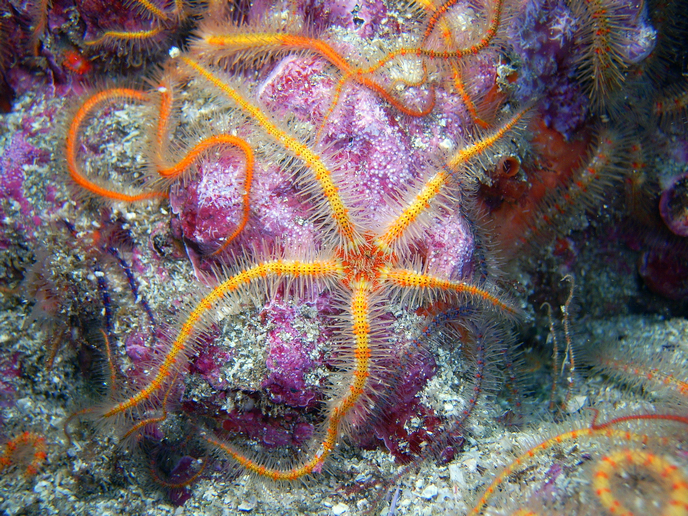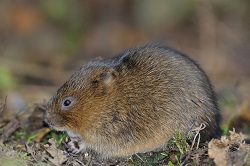Mercury pollution and its impact on Amazonian bird life
Mercury, the third most toxic metal after arsenic and lead, continues to increase in concentration due to human-related activities, posing a significant threat to ecosystems worldwide. Heavy metals tend to persist in the environment, accumulate in animal tissues, magnify throughout the food chain and cause numerous adverse effects on the health of humans and animals. Artisanal small-scale gold mining (ASGM) is considered one of the largest sources of mercury emissions in the Western Amazon, where deposition into water bodies has increased substantially as a result of ASGM. Understanding the genomic changes induced by mercury exposure, along with its evolutionary effects on populations and species over time, will help estimate the cost to wildlife and ecosystems. It will also shine a light on how exposed human communities are, to similar risks. “By identifying the mechanisms through which birds adapt to long-term mercury pollution, we can develop strategies to mitigate these impacts on birds, humans and other species,” says Tali Magory Cohen, principal investigator on the AMAZON_MERCURY project, supported by the Marie Skłodowska-Curie Actions programme.
Genomic sequencing indicates an evolutionary response to environmental mercury
The project focused on: piscivores, primarily kingfishers; insectivores, primarily the white-winged swallow; and granivores, primarily red-capped cardinal. These species best represent this region, by being relatively abundant, and by their size variation (14–304 g). Magory Cohen, who conducted her research at the Center for Evolutionary Hologenomics of the University of Copenhagen, under the supervision of Tom Gilbert, explains the team captured some additional species where possible, and in accordance with permits. By sequencing the genome (DNA) and transcriptome (RNA) of the birds, AMAZON_MERCURY examined different perspectives of the evolutionary change taking place. As she points out: “Whereas generally genomic changes represent changes that occur over multiple generations, changes to the transcriptome can be measured in the individual and are considered more immediate.” In collaboration with the University of California, Davis, where she was supervised by Rachael Bay, Magory Cohen measured mercury in both environmental and biological samples. She wanted to explore the correlation between available mercury in the environment and concentrations in bird tissues such as blood and feathers. “We compared mercury levels between historic specimens and contemporary samples from birds captured in the same region, to understand the role of recent ASGM processes as a source of mercury pollution.”
Impact of mercury in the unprotected areas of the Western Amazon
The project found that mercury levels in lake sediments were higher in unprotected areas, where artisanal gold mining activities were conducted. This corresponded with known biochemical processes of ionic mercury methylation by sediment bacteria. Mercury levels in birds were significantly higher in birds captured in unprotected areas while levels of the stress hormone corticosterone were significantly lower in birds with higher mercury loads, suggesting that their health is impaired. Magory Cohen also identified genes that are activated differently in birds with high mercury levels. Many of these genes were linked to enzymatic activity and cellular functions, and some had been previously identified in connection with responses to toxicity. She notes: “This suggests that one of the mechanisms involved in responding to long-term mercury exposure is the regulation of specific gene expression, leading to a direct effect on the individual and possibly indirect effects on the bird population and overall biodiversity.” Predictably, given what is known about the characteristics of mercury magnification in the food chain, piscivores were most affected by environmental mercury pollution. They exhibited the highest mercury loads in their tissues, the most significant changes in stress hormone levels, and the most noticeable differences in gene expression patterns, compared to insectivores and granivores. “It’s important to realise that while we were looking at birds, the impact on health and evolutionary consequences can also be relevant to humans. Our evidence suggests environmental mercury pollution is a threat to biodiversity,” Magory Cohen explains.
Keywords
AMAZON_MERCURY, mercury pollution, Amazonian bird life, genomic sequencing, evolution, piscivores, kingfishers, insectivores, white-winged swallow, granivores, red-capped cardinal, biodiversity







